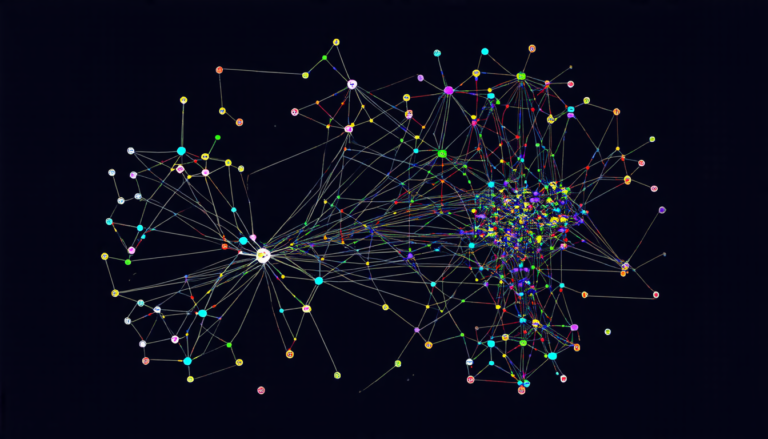Monday 21 April 2025
The quest for more reliable and secure wireless communication has led researchers to explore innovative approaches, including the use of computer vision techniques to predict beamforming in mmWave networks. A recent study delves into the vulnerabilities of these systems and proposes a novel black-box adversarial attack strategy that exploits spatial relationships between user positions and beam indices.
The authors begin by highlighting the limitations of traditional white-box attacks, which rely on access to model parameters or labels. In this context, obtaining ground-truth beam indices is impractical due to complex spatial dynamics. To address this challenge, they develop a Spatial Proxy Attack (SPA) that leverages correlations between user positions and beam indices to craft effective perturbations.
The study also formulates an optimization framework aimed at enhancing beam selection accuracy under clean conditions while improving robustness against adversarial perturbations. A hybrid deep learning architecture is integrated with a Feature Refinement Module (FRM), designed to filter out irrelevant, noisy, or adversarially perturbed visual features.
Experimental results demonstrate the effectiveness of the proposed method in enhancing performance on standard backbone models, including ResNet-50 and MobileNetV2. The FRM-enhanced models exhibit significant improvements in both clean and adversarial accuracy, ensuring reliable beam selection in dynamic environments.
The authors also investigate the impact of the FRM on robustness against random Gaussian noise and adversarial perturbations across multiple scenarios. The results show that the FRM can effectively mitigate the effects of both types of attacks, but may occasionally degrade performance under certain edge cases.
One of the most significant findings is the vulnerability of distilled models to spatially localized attacks, which exploit the model’s tendency to smooth out class boundaries and distribute learning across a wider feature space. This weakness is particularly pronounced in scenarios where only a narrow region contains the signal relevant to the task, such as in beam prediction tasks.
The study highlights the importance of developing robust and secure wireless communication systems that can withstand various forms of attacks. The proposed approach offers a promising solution for enhancing the reliability and security of mmWave networks, which will be essential for widespread adoption in emerging applications such as vehicular communications, intelligent transportation systems, and cloud gaming.
In addition to its technical contributions, the study underscores the need for continued research into the intersection of computer vision, machine learning, and wireless communication. As the field of 6G research continues to evolve, it will be crucial to explore innovative solutions that can effectively address the complex challenges facing these emerging technologies.
Cite this article: “Cracking the Code: Enhancing Robustness in mmWave Beam Prediction Against Adversarial Attacks”, The Science Archive, 2025.
Mmwave Networks, Computer Vision, Beamforming, Adversarial Attacks, Spatial Relationships, User Positions, Beam Indices, Deep Learning Architecture, Feature Refinement Module, Robustness.







